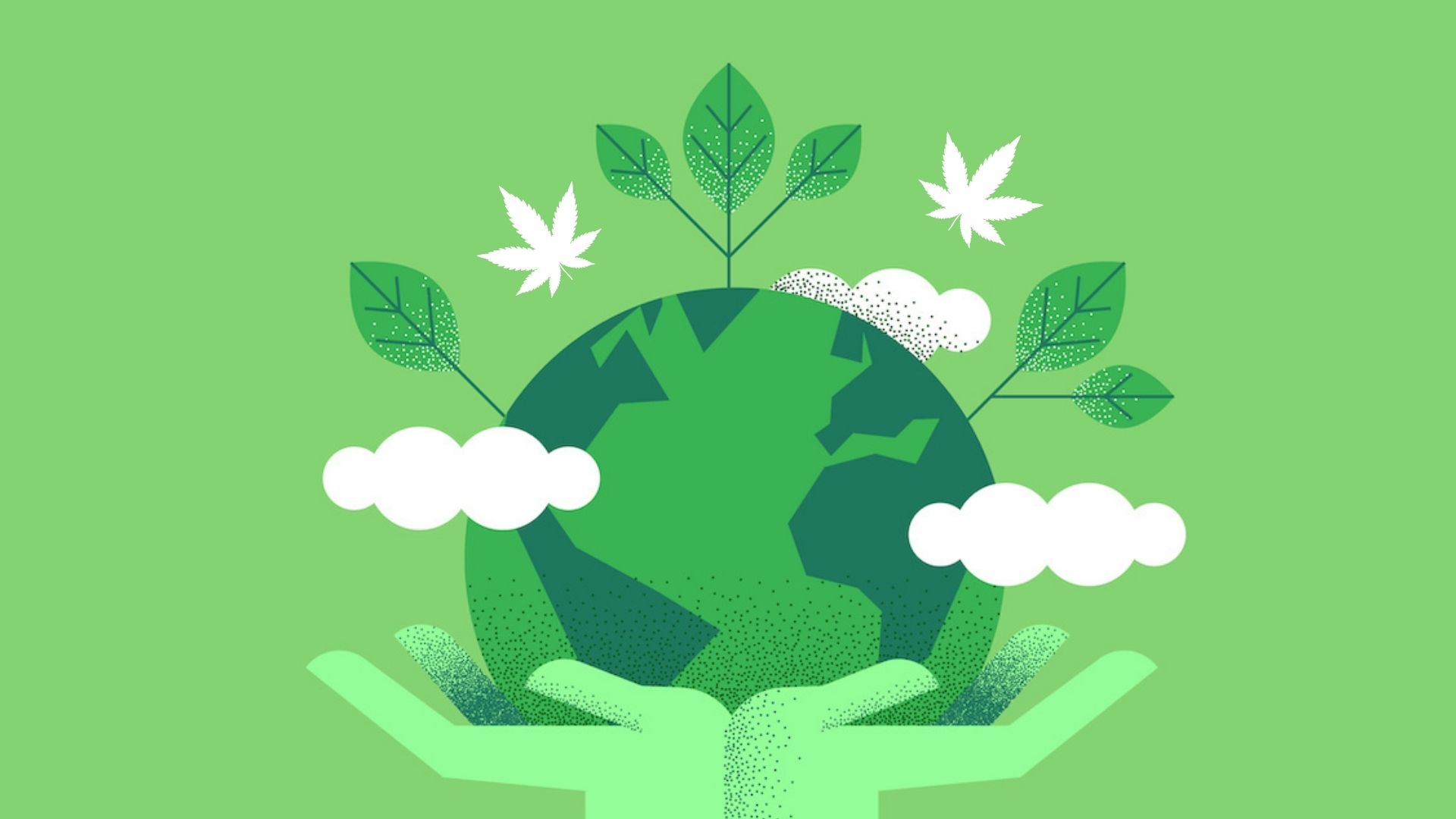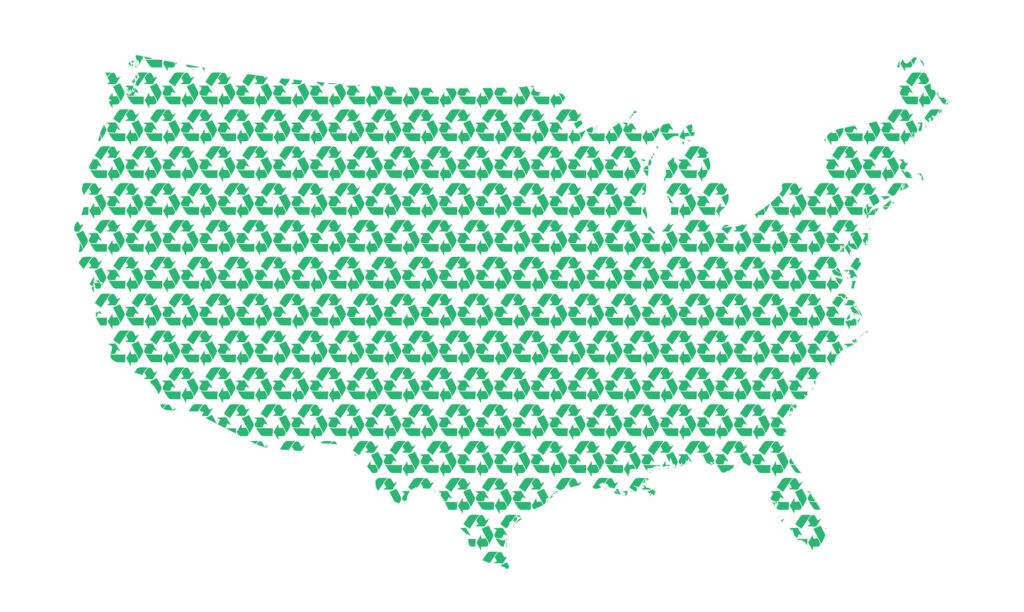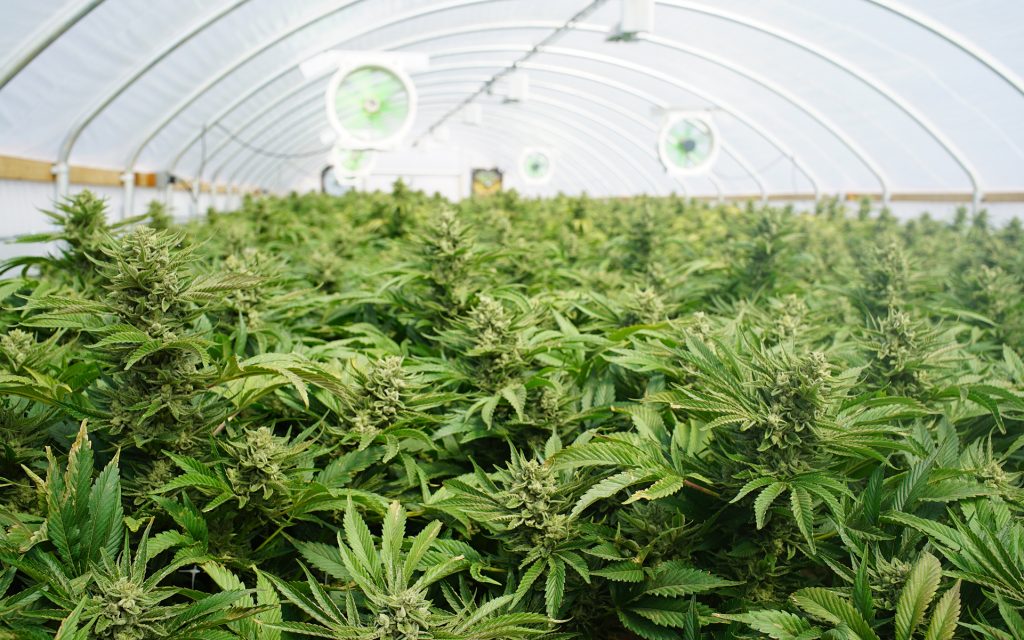
4 ways to make cannabis greener
When you think of contributing to climate change and environmental degradation, what sustainability issues come to mind first?
For most of us, the top sustainability issues we think of are fossil fuels, deforestation, agriculture, and landfills. But you may be overlooking industries whose environmentally harmful practices are often shrouded in a cloud of smoke.
Namely the cannabis industry.
Regardless of what marijuana’s many nicknames (e.g., weed, weed, herb) suggest, staying green while growing green still takes significant effort. Cannabis’ demand for water, land, artificial lighting and single-use packaging can leave a huge environmental footprint if not handled carefully.
Reduce high levels of waste through strict regulations
A lack of green regulations for legal marijuana is a major reason for unsustainable cannabis growing and packaging practices.
For example, only a few legal states allow outdoor cultivation, a far more energy-efficient alternative to indoor cultivation. Many regulated markets mandate indoor growing of marijuana for “safety” and “safety” reasons, but the downside is that more energy is required to support this type of production.
Related
10 tough, sustainable cannabis flowers, joints, hash and more
In addition, strict requirements for child safety devices and warning notices have led to an increased use of single-use packaging, which contributes to plastic waste.
Fortunately, things are changing for the better in the cannabis industry, and greener alternatives are being explored across the country. To see the far-reaching impact, growers and consumers alike need to educate themselves about the toll marijuana may have on the planet and what steps can be taken to offset the environmental impact.
Reduce energy consumption
In states where growers cannot legally grow cannabis outdoors, many are forced into a situation where they must waste energy growing indoors.
Without access to the sun, indoor plants need energy-intensive grow lights. Plants need around 18 hours of light per day in the vegetative stage and 12 hours per day during flowering, so the electricity used for indoor growing quickly adds up. Not to mention the energy needed to run fans, heating systems, air conditioners, and dehumidifiers.
Most indoor growing methods require an exceptional amount of electricity or natural gas to run. In fact, one study found that growing marijuana indoors uses enough electricity to power 2 million average U.S. households, which is roughly 1% of all electricity consumed in the country.
Ultimately, the best way to reduce the carbon footprint of the country’s legal cannabis industry is to move cannabis production from indoor to greenhouses and outdoors.
That being said, there are still steps indoor growers can take to become more sustainable, such as:
- Switch to LED grow lights to use less energy, keep temperatures lower and reduce water loss through evaporation
- Use of solar and wind energy to fire lighting technologies
- Use of cold water systems for dehumidification and cooling as opposed to conventional heating, ventilation and air conditioning (HVAC) systems
Minimize water use and exposure to chemicals
Although growing outdoors is more energy efficient, there are still some environmental drawbacks – namely water shortages and the use of pesticides.
Growing cannabis can be very water intensive. Large-scale cultivation of any crop, especially water-thirsty plants like marijuana, can often lead to terrifyingly wasteful water depletion.
Related
Aquaponics: The future of sustainable cannabis is fueled by fish droppings
According to cannabis analyst New Frontier Data, legal and illegal cannabis plants consumed around 2.8 billion gallons of water in 2020, with that number expected to nearly double by 2025.
In addition to excessive water consumption, it is always important to watch out for hidden chemicals and pesticides that are in the products we ingest, no matter what industry we are investigating.
From a health and sustainability perspective, there are a few things small and large producers can do to keep consumers and the environment safe:
- Switch to more natural pesticides
- Use natural fertilizers
- Use aquifers to get pure water
- Collect rainwater to water the plants
- Use more environmentally friendly extraction methods like CO2 extraction
Emphasize less on the use of plastics
As we have found, growing marijuana takes a heavy toll on the environment. But it doesn’t stop there. The way we package marijuana also plays a role in the environmental impact of the cannabis industry.
While it is important (and required by law) to provide consumers with child-resistant packaging and clear labeling, it still creates a worrying amount of plastic waste, which contributes to an estimated 150 million tons of cannabis waste produced annually.
As the cannabis industry becomes an increasingly large part of our planet, the need for sustainable packaging solutions has never been greater.
Cannabis companies and users can reduce plastic consumption by:
- Investing in recycling initiatives, e.g. B. the offer of a small discount to consumers for bringing in plastic containers that can be reused
- Opt for environmentally friendly alternatives to plastic such as bioplastics, recycled cardboard, glass or hemp
- Composting on site
- Growing weeds at home (if possible)
Help companies at work
Similar to food certifications such as USDA Organic and Fair Trade, the cannabis industry also needs ways to certify sustainable products.
Since 2004, Clean Green Certified has been inspecting and approving producers who use sustainable, natural and organic practices, and awards the seal of approval to brands that do hard work.
Conscious consumers can do their part to help support these businesses and growers by looking for businesses with the Clean Green Certified seal and promoting environmentally conscious brands in their area.
Do you know of any other ways we can make the cannabis industry greener? Let us know in the comments or on social media @Leafly on IG and Twitter.
Katana Dumont
Katana Dumont is a digital content specialist and freelance writer based in California. She is an avid advocate of the decriminalization of cannabis and enjoys writing about the social effects of cannabis.
View article by Katana Dumont
By submitting this form, you subscribe to Leafly news and promotional emails and agree to Leafly’s Terms of Use and Privacy Policy. You can unsubscribe from Leafly email messages at any time.




Post a comment: